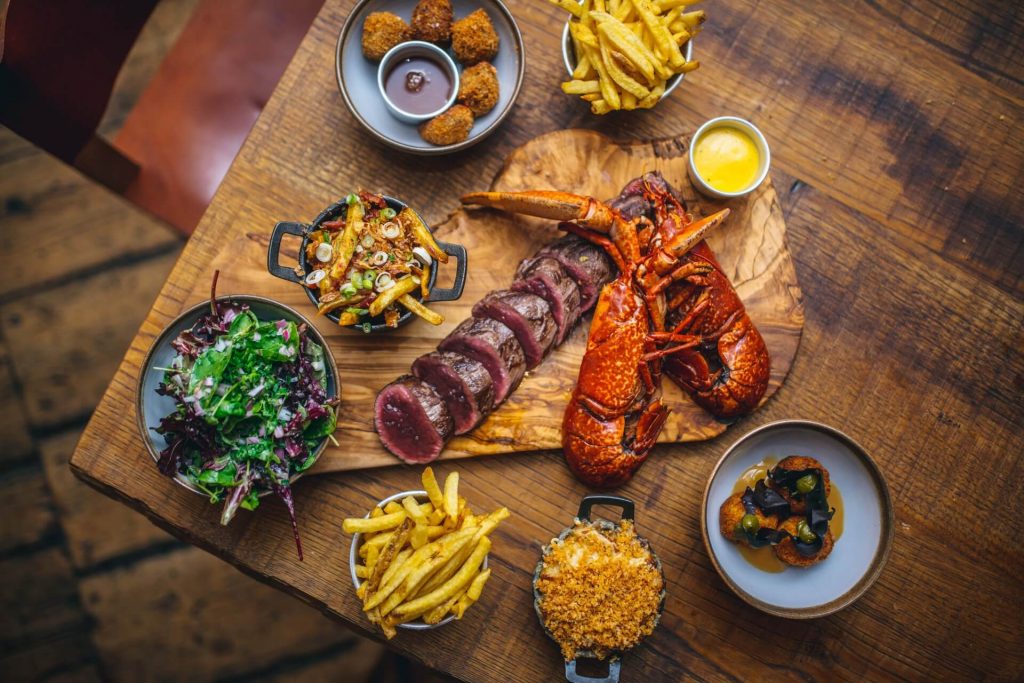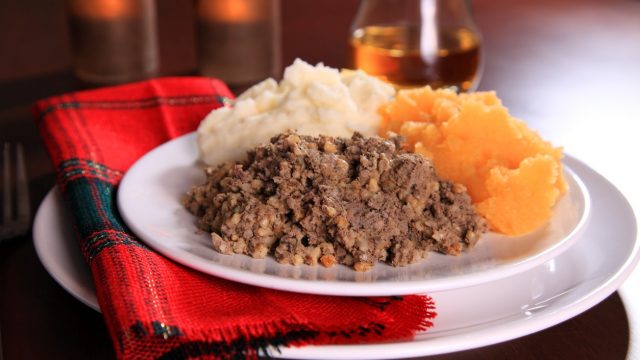Scots love their porridge. This hot, cereal dish, made of milk and oats, is a staple breakfast food. In early versions, porridge was made with oats, water, and salt. The porridge was then kept in a wooden drawer, and eaten over a few days. Over time, porridge became thicker and could be cut into slices. Haggis, a hearty Scottish meat dish, is another staple of the Scottish diet.
Traditional Scottish food is simple and full of local produce. The abundance of game and seafood has sustained the Scottish population for thousands of years. Meat, such as venison, was not readily available in medieval times. Because of the high cost of meat, most Scots relied on dairy and eggs as sources of sustenance. While some modern-day cuisine includes meat, this traditional Scottish cuisine features a wide variety of dishes. This article will highlight the different types of Scottish food.
One unique aspect of Scottish food is that it is rich in sweets. Scottish people have a love affair with candy. They consume far more sugar than any other part of the UK. The reason for this obsession is the British empire. During the period of empire, raw cane sugar was shipped to the UK and refined in the towns around Glasgow. As a result, sugar was cheap and easily accessible, creating a cottage industry for candy-making. During this time, sweetie wives would buy large quantities of sugar and make home-made chocolate to sell.
Another classic Scottish dish is haggis. This meaty, oaty dish is served with turnips and mashed potatoes, and traditionally with whisky sauce. Clapshot is easy to make and tastes great with meat dishes. In addition, vegetarian haggis bonbons are also a great option. There are even vegan versions of this dish, if you’re not a meat lover. You’ll have a hard time choosing between the vegetarian and non-vegetarian haggis bonbons, so try the vegetarian version!
Grog and Grub

A bar that is focused on high-quality food
Michael Dotson is a chef and the managing partner at Martins West. He uses his many years of experience in restaurants like Plumpjack or Evvia Estiatorio as a guide to create a menu that takes inspiration from Scotland, but is prepared using Northern California’s farm–to-table methods. This means using what is available locally and what is fresh.
These are Five Things You Didn’t Know About Scottish Food
- Oats and barley were used to make breads and other dishes because it was too humid for wheat cultivation.
- Mary, Queen of Scots, brought a group of French chefs to the auld sod on her return from France. This raised the level of meat preservation and curing.
- Italian immigrants built fish and chips shops in the middle 1860s. This changed the landscape of English and Scottish cuisines.
- As of 2009, there were fourteen Michelin-starred restaurants in Scotland that served traditional or fusion food.
- Sustainability is not something that the Scots are unfamiliar with. They were frugal and used every part of each animal.

